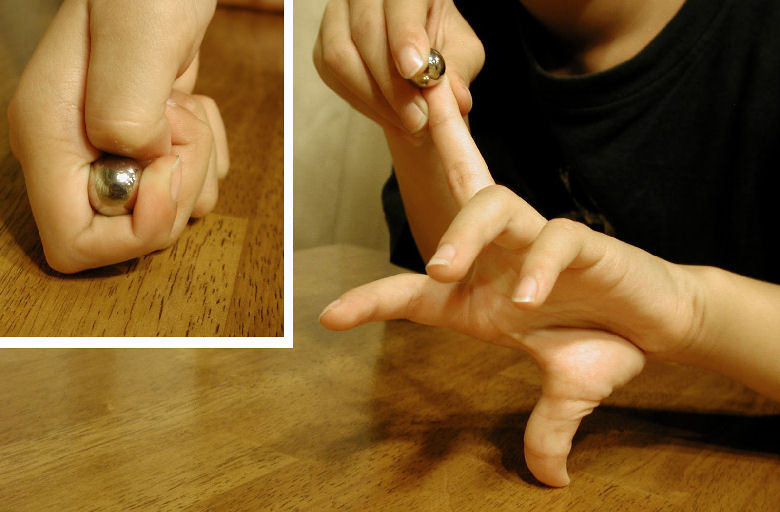348.HOW ARE MARBLES MADE?
It is a curious thing how boys of all times in all countries seem to get the same idea about games. The game of marbles for instance, which is played in every city in this country, has been played all over the world practically since the beginning of history!
Nobody knows just when marbles began, but it probably goes back to the first time somebody discovered that a round stone pebble would roll. And that goes back at least to the Stone Age. Scientists have discovered among Stone Age remains little balls which were too small to be used for anything but games.
Long before the Christian Era, children in ancient Egypt and Rome were playing with marbles. In Europe, marbles were played in the Middle Ages. In England the game of marbles developed from a game called “bowls”.
Today, some form of the game of marbles is played almost everywhere in the world. The South American boy called his marbles “bolitas.” In China, boys play a game of marbles that involves kicking them.
The Persian peasant boy plays with marbles he has made out of baked mud or he uses small stones. Even the Zulus play a game of marbles!
In the United States, boys play with two kinds of marbles. They are called “shooters” and “play marbles.” Shooters are also called ‘laws’ in some sections of the country. A shooter or law cannot be larger than 19 millimeters in diameter, and may be smaller than 0.53 millimeters. It may be made of glass, baked clay, agate or plastic. It is the layer’s favorite marble which he uses over and over again to shoot at other marbles.
Play marbles, or “mibs,” are the marbles at which the player aims his shooter. They are made of baked clay, glass, stone, onyx, marble, alabaster, or plastic. Sometimes the play marbles are named after the material they are made of, such as glassies, clayies, and agates.
Most of the natural baked clay marbles and those of natural onyx come from Ohio. Glass marbles are usually made by melting the glass and, while it is hot, pressing it between the two halves of polished metal molds.



Leave a Reply